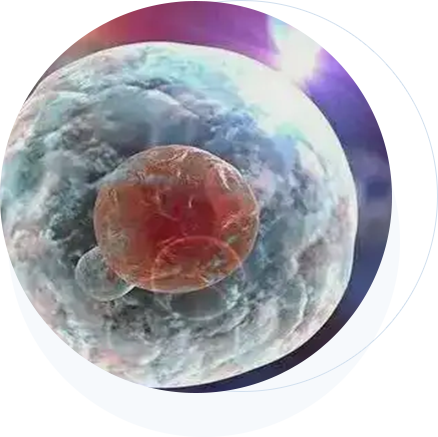


The umbilical cord and placenta were once regarded as waste, but now it is found that they contain a large amounts of mesenchymal stem cells , which can treat more than 100 diseases, so they are known as the "golden resource of stem cells" by the medical community.
Umbilical cord mesenchymal stem cells show a good potential for the treatment of cardiovascular diseases, hematological diseases, neurological diseases, hepatic diseases and other diseases [1], because of their rich sources, they have broad clinical application prospects [2] . Moreover, umbilical cord MSCs are ideal seed cells for tissue-engineered, which can be used to regenerate tissues and organs in vitro or in vivo for the clinical treatment [3].
Compared with BMSCs, placental MSCs have the advantages of strong proliferation ability, large number[4], not easy to aging[5], high safety, and easy to obtain. Placental MSCs also have characterized of low immunogenicity, immunomodulatory, multi-directional differentiation, paracrine, and damage chemotaxis, and their acquisition, experimental and clinical application do not involve ethical issues [6]. Years of research have shown that placental MSCs have played an important role in cardiovascular diseases, pulmonary diseases, musculoskeletal diseases, hepatic diseases and other scientific research, [5], have gradually become the seed cell with broad application prospects.
It can be said that storing umbilical cord / placenta stem cells is equivalent to leaving a precious "medical treasure house" for children and their families. Dongguan Life Bank is a clinical-level comprehensive cell bank with international quality standards, which can provide cell storage services such as umbilical cord / placental stem cells.
[1] NAN C, XIA L, ZHOU S.Umbilical cord mesenchymal stem cells suppress B-cell proliferation and differentiation[J]. Cellular Immunology, 2012, 274(1/2): 46-53.
[2] Song Xishan, He Yi, Han Junling. Biological characteristics of human umbilical cord MSCs and its application in hematological diseases[J]. Medical Review, 2009,15 (2): 166-169.
[3] Wang Dianliang. Quality management, efficacy and safety of umbilical cord MSCs preparations[J]. Journal of Translational Medicine, 2020,9 (2): 65-69.
[4] Bai Jinping, Li Xiuying, Li Xue, Yang Qiwei, Liu Yingnan, Wang Yimin. Proliferative capacity of placental MSCs after passage[J]. China Journal of Tissue Engineering Research, 2014,18 (10): 1591-1596.
[5] Barlow S, Brooke G, Chatterjee K, et al.Comparison of human placentaand bone marrow-derived multipotent mesenchymal stem cells[J]. Stem Cells Dev.2008,17(6):1095-1107.
[6] Antoniadou E, David AL.Placental stem cells[J]. Best Pract Res Clin Obstet Gynaecol.2016,31:13-29.